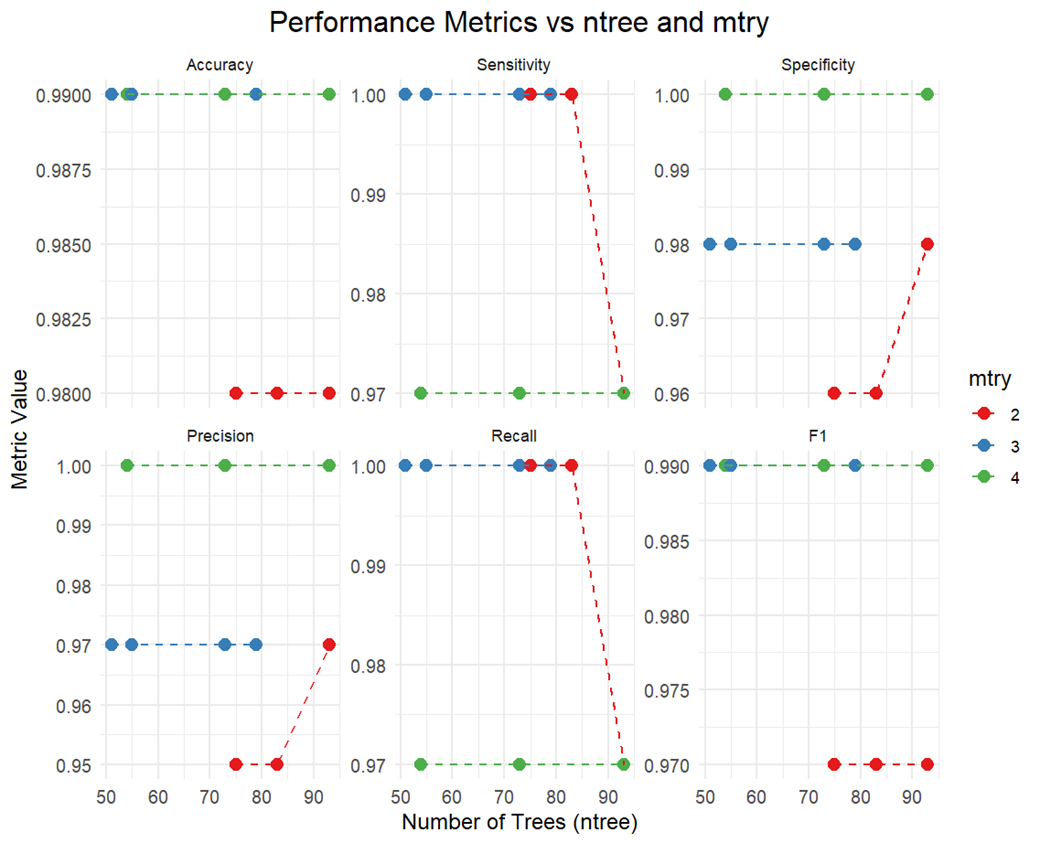A fuzzy-optimized multi-level random forest (FOMRF) model for the classification of the impact of technostress
Keywords:
Technostress, Machine learning, Fuzzy optimization, Random forest, Classification, Computational efficiencyAbstract
Technostress refers to the stress caused by excessive technology use, especially in professional and educational environments. It increasingly affects corporate productivity, well-being, and effectiveness in digital settings. Traditional machine learning models often struggle with the complexity and non-linearity of technostress classification. To address this, this study proposes a Fuzzy-Optimized Multi-Level Random Forest (FOMRF) model that integrates fuzzy logic with machine learning to enhance classification accuracy and interpretability. Data was collected from academic and corporate settings through a structured process. Preprocessing techniques—such as feature extraction, selection, and normalization—were applied to structure and refine the dataset. The FOMRF model uses linguistic variables and expert-defined fuzzy rules to optimize decision boundaries, improving precision and adaptability. The methodology consists of three key stages: preprocessing, fuzzy optimization, and prediction. Trapezoidal membership functions were used to define fuzzy sets for the Random Forest parameters (ntree and mtry), and iterative training ensured robust model evaluation. The model consistently achieved high accuracy (around 99.2%) across all parameter combinations. Benchmarking showed that FOMRF outperformed existing methods in predictive performance, flexibility, and accuracy. These findings emphasize the potential of fuzzy-enhanced machine learning models to effectively detect and mitigate technostress, thereby improving the quality of digital work environments.

Published
How to Cite
Issue
Section
Copyright (c) 2025 Gabriel James, Ifeoma Ohaeri, David Egete, John Odey, Samuel Oyong, Enefiok Etuk, Imeh Umoren, Ubong Etuk, Aloysius Akpanobong, Anietie Ekong, Saviour Inyang, Chikodili Orazulume

This work is licensed under a Creative Commons Attribution 4.0 International License.






